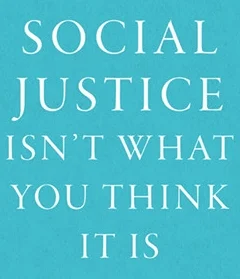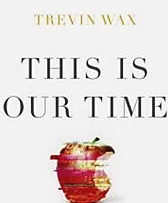There Is Life After College - A Review
College is one of the biggest lifetime expenses and longest commitments of dedicated time many people ever make. The cost of college continues to rise and news outlets regularly report the high rates of underemployment and unemployment among recent college graduates. As a result, some families question whether a college education offers sufficient return on investment. Others are plowing ahead without thought and collecting six-digit debt burdens.
Jeffrey Selingo’s recent book, There is Life After College: What Parents and Students Should Know about Navigating School to Prepare for the Jobs of Tomorrow, tackles the topic of the value of college, particularly with respect to employability. Selingo covers a lot of ground in the book, but together he paints a fair picture, warns of some common pitfalls, and offers some recommendations for current and future college students.
Summary
In Chapter One, Selingo describes three categories of young people: Sprinters, Wanderers, and Stragglers. Sprinters are those who have launched careers and have some financial stability by the time they are thirty. Wanderers often graduate but have difficulty finding a career-type job, which retards their progress. Stragglers stumble through their twenties, often failing to finish school or find stable employment with long-term growth potential. Much of the rest of the book is built around helping people find their way into one of the top group.
The second chapter analyzes what employers are looking for. According to Selingo, some of the most common attributes in job descriptions are “baseline skills.” The book lists five of the most significant skills, which are far from academic: (1) Intellectual curiosity; (2) Depth of expertise, even in a non-degree area; (3) Awareness of and adaptability to tech; (4) Dealing with ambiguity; (5) Teachable humility. The careful reader will notice that specific skills in a major are not in this list. In other words, a key way to gain an advantage in the marketplace is by going beyond academic expertise and being a valuable part of the team.
After these important opening chapters, Selingo covers a variety of topics in rapid fire fashion. In Chapter Three, he explains the potential benefits of a gap year—as long as it is purposeful gap. The fourth chapter describes the value of going to a college that is near a center of interest for the student’s proposed first career; internships and other experiences are much more possible. Chapter Five emphasizes the value of internships, co-ops and other hands-on learning; many employers use such opportunities as an extended interview for future employees. In the sixth chapter, Selingo describes habits that are necessary for success after college and some programs that can help enhance them.
Chapter Seven offers some ideas about rethinking the bachelor’s degree, considering the value of two year degrees and other vocational learning. In the eighth chapter, Selingo surveys one potential shift in future education: just in time training, boot camps, and other modular programs. Then, in Chapter Nine, he sketches some of the common hiring practices among firms, which is key information for those seeking jobs. Finally, in the tenth chapter, Selingo highlights the importance of being able to tell your story. It isn’t enough to graduate, but employers want to know why you chose a particular major and what you have done to get there.
Analysis and Conclusion
The most significant value of this volume is that it answers questions vital to student success, efficient investment of tuition money and time, and successful navigation of the sometimes-confusing marketplace of colleges and universities. This is an accessible book that has important information for our time.
Surprisingly, Selingo’s book points to the enduring value of a liberal arts degree. There is certainly a need for technical specialization in certain fields, but being a well-developed human is just as important, and perhaps more so, than purely technical proficiency. At worst, a strong liberal arts core, which is at the heart of a lot of Christian higher education, appears to be an asset rather than a liability in the marketplace.
Certainly, this book is not a guaranteed method to be successful in life. In fact, Selingo simply assumes that success is being well-placed, well-compensated, and reasonably happy in one’s job. Whether the reader agrees with his end or not, he provides some helpful guidelines to get there. Even for those more interested in other careers, Selingo’s assurances of the value of liberal arts and meaningful experiences before and during college make this an engaging and valuable read.
NOTE: I was given a gratis copy of this volume by the publisher with no expectation of a positive review.










